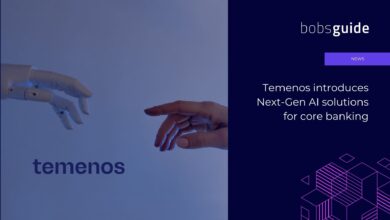Generative AI
Apple’s generative AI features may run only on these iPhones

Apple’s rumoured artificial intelligence (AI) features may not work for all iPhone models. The company is expected to introduce several highly anticipated AI upgrades at its annual developer conference, WWDC 2024, which is set to begin today (June 10). These AI features may include a new and improved Siri, new summarisation tools, a more customisable home screen, AI-powered photo editing and more.
Apple’s AI features may run on these iPhones
According to a report by Bloomberg, users will need an iPhone 15 Pro or the upcoming iPhone 16 models, which are expected to arrive later this year, to access these AI features. This rumoured requirement might be due to the processing hardware necessary to support these AI features, especially for tasks that require on-device processing.
As per the report, these tasks may require the A17 Pro chipset, which is only available in the iPhone 15 Pro and iPhone 15 Pro Max. Meanwhile, the iPhone 15 and iPhone 15 Plus, come equipped with the A16 Bionic chipset which are not suitable for these tasks.
However, Mac and iPad users may not need the latest model to access the AI features. The report notes that an M1 chip is sufficient for these tasks. Currently, Apple offers iPads and Mac models that come powered by M4 and M3 chips, respectively. This suggests that users with slightly older devices may still have compatibility.
Users who don’t own the iPhone 15 Pro may still be able to experience some of iOS 18’s AI features, especially for the ones that run on the cloud. However, for the full iOS 18 experience, users may want to need an upgrade.
Why on-device processing is important for users
On-device processing of AI tasks has two main advantages — enhanced security for information and reduced latency. However, older iPhone models may lack the processing power needed to handle these tasks. According to the report, the new AI services will use a combination of on-device and cloud-based processing, depending on the complexity of the task.
Apple’s AI features may run on these iPhones
According to a report by Bloomberg, users will need an iPhone 15 Pro or the upcoming iPhone 16 models, which are expected to arrive later this year, to access these AI features. This rumoured requirement might be due to the processing hardware necessary to support these AI features, especially for tasks that require on-device processing.
As per the report, these tasks may require the A17 Pro chipset, which is only available in the iPhone 15 Pro and iPhone 15 Pro Max. Meanwhile, the iPhone 15 and iPhone 15 Plus, come equipped with the A16 Bionic chipset which are not suitable for these tasks.
However, Mac and iPad users may not need the latest model to access the AI features. The report notes that an M1 chip is sufficient for these tasks. Currently, Apple offers iPads and Mac models that come powered by M4 and M3 chips, respectively. This suggests that users with slightly older devices may still have compatibility.
Users who don’t own the iPhone 15 Pro may still be able to experience some of iOS 18’s AI features, especially for the ones that run on the cloud. However, for the full iOS 18 experience, users may want to need an upgrade.
Why on-device processing is important for users
On-device processing of AI tasks has two main advantages — enhanced security for information and reduced latency. However, older iPhone models may lack the processing power needed to handle these tasks. According to the report, the new AI services will use a combination of on-device and cloud-based processing, depending on the complexity of the task.



